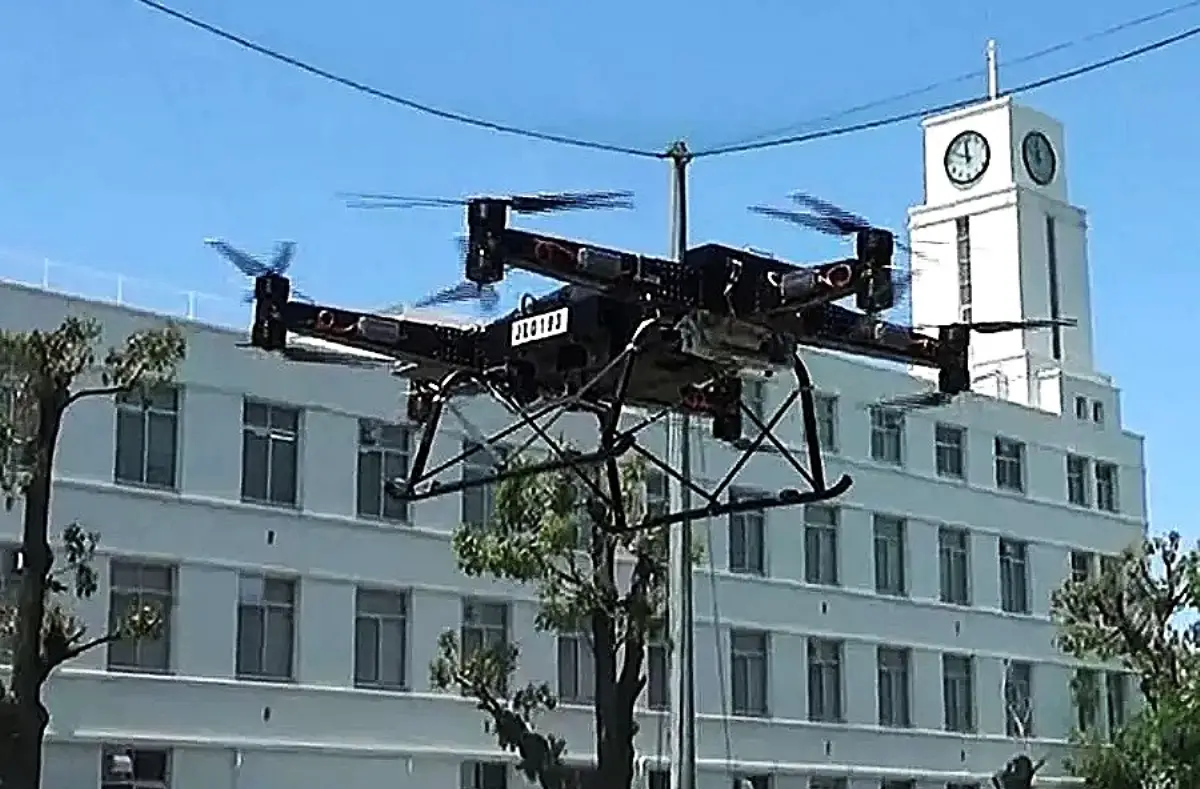
MHI and Yamaha successfully test a hybrid mega aerial drone
Joint research for a UAV with a 200 kg payload and extended endurance

Mitsubishi Heavy Industries (MHI) and Yamaha Motor announced today that they have successfully conducted the first flight test of a medium-sized multirotor drone prototype, designed to carry a payload of as much as 200 kilograms. This hybrid-type Unmanned Aerial Vehicle (UAV) integrates an innovative compact and lightweight power generator developed by Yamaha Motor, with the primary goal of significantly extending its flight endurance.
The collaboration between the two companies, initiated with an agreement in March 2024, aims to leverage MHI's matured technologies in aircraft development and production, and Yamaha Motor's expertise in small, high-power engines for two- and four-wheeled vehicles, combined with the latest electric motor technology. The objective is to validate the feasibility of a medium-sized UAV with a cruising range of 200 km and a maximum payload of 200 kg, a marked improvement over the 15 km endurance of the single-battery variant.
The flight test, in which the prototype successfully took off for the first time, was conducted in mid-April at MHI’s research center. The drone’s hybrid system utilizes electrical energy generated by an engine to drive the electric propulsion units on each rotor. The medium-sized drone specifications reveal an overall length of approximately 6 meters and the capability to be easily transported by truck to takeoff/landing sites.
The prototype resulting from this research will be exhibited at the MHI booth during the Japan Drone 2025 exhibition, to be held at Makuhari Messe (Mihama-ku, Chiba) from June 4 to 6.
In the future, these medium-sized drones are expected to revolutionize logistics and rescue operations. Their systematic deployment is anticipated to transport supplies to isolated areas, often affected by natural disasters, overcoming the logistical challenges faced by trucks and ships. They will improve route efficiency to remote islands and mountainous areas with low logistics volumes and facilitate the transport of materials in rugged mountainous zones that are difficult to access by land, for example, for construction work or the repair of transmission towers.
AVIONEWS - World Aeronautical Press Agency